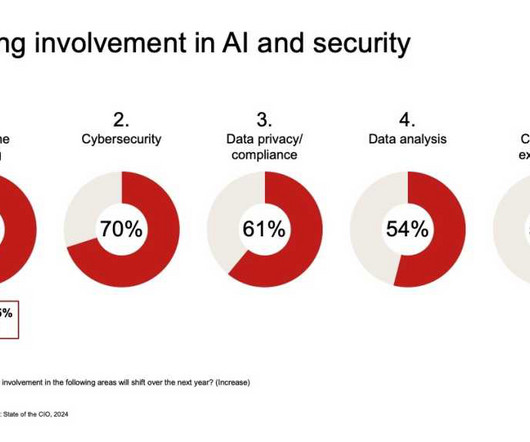The changing face of cybersecurity threats in 2023
CIO Business Intelligence
SEPTEMBER 29, 2023
Let’s revisit the most prevalent security threats and see how they’re evolving in 2023. Proactive detection and prevention In 2023, it is impossible for you to know of all the threats and vulnerabilities out there. Initial access Initial access consists of various techniques attackers use to gain access to your network.














Let's personalize your content